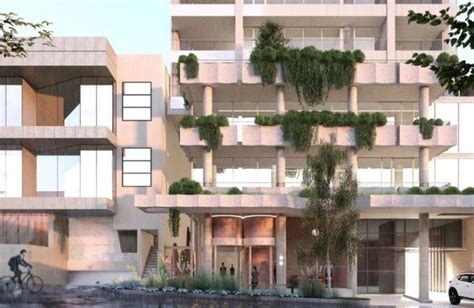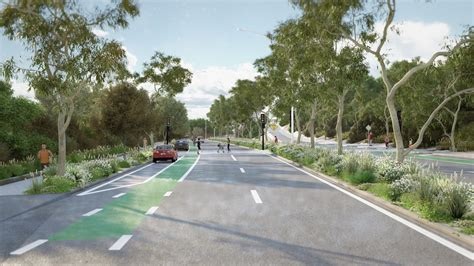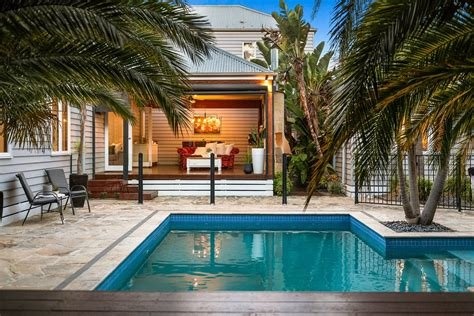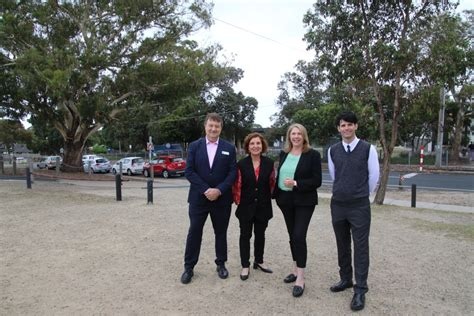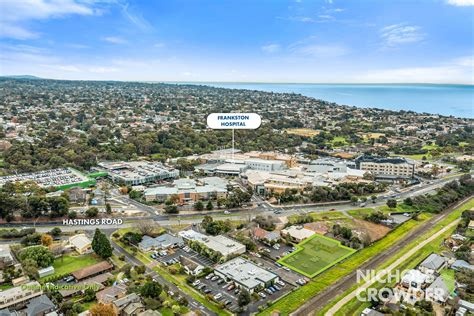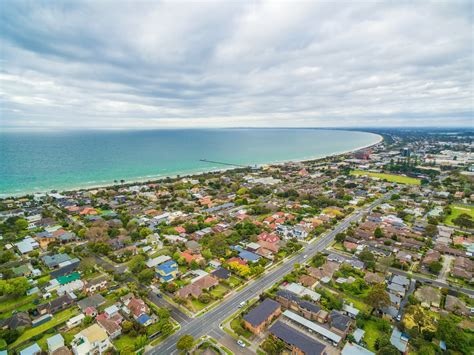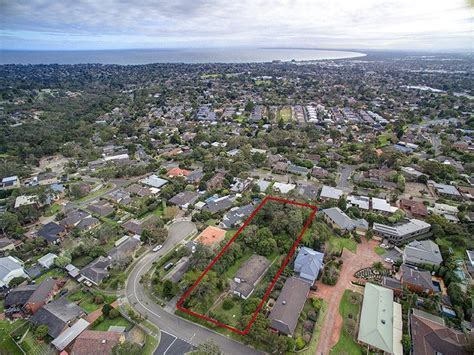Chart Color Schemes
est. as @ -- *
ABS ERP | -- people | --
2021 Census | -- people
Sales Activity
Curious about local property values? Filter the chart to assess the volume and appreciation (including resales) trends and regional comparisons, or scroll to the map below view this information at an individual property level.
Find a Recent Sale
Sales Detail
Population
Frankston has seen population growth performance typically on par with national averages when looking at short and medium term trends
Frankston's population was approximately 24,847 as of August 2025. This figure represents an increase of 1,261 people since the 2021 Census, which reported a population of 23,586. The growth is inferred from ABS data showing an estimated resident population of 24,792 in June 2024 and validated new addresses since then totalling 428. This results in a population density of 2,138 persons per square kilometer, higher than the average across national locations assessed by AreaSearch. Frankston's growth rate of 5.3% since the 2021 Census exceeded both the SA4 region (3.2%) and the SA3 area. Overseas migration contributed approximately 73.8% of overall population gains during recent periods.
AreaSearch uses ABS/Geoscience Australia projections for each SA2 area, released in 2024 with a base year of 2022. For areas not covered by this data, AreaSearch utilises VIC State Government's Regional/LGA projections from 2023, adjusted using weighted aggregation methods to SA2 levels. Growth rates by age group are applied across all areas for years 2032 to 2041. Future trends project an above median population growth, with the area expected to increase by 3,609 persons to 2041 based on latest numbers, reflecting a total increase of 14.3% over the 17-year period.
Frequently Asked Questions - Population
Development
AreaSearch analysis of residential development drivers sees Frankston recording a relatively average level of approval activity when compared to local markets analysed countrywide
Frankston has seen approximately 120 dwelling approvals annually. The ABS produces development approval data on a financial year basis, totalling 600 approvals over the past five years (FY-20 to FY-25), with five recorded so far in FY-26. Over these five years, an average of 1.3 people moved to the area per dwelling built. However, this figure has increased to 8.4 people per dwelling over the past two financial years, indicating growing popularity and potential supply constraints. The average construction value for development projects is $660,000, slightly above the regional average.
Commercial development approvals totalled $73.5 million in FY-26. Compared to Greater Melbourne, Frankston has seen 37.0% more development per person over the past five years, supporting buyer choice and property values while moderating in recent periods. New developments consist of 25.0% detached dwellings and 75.0% townhouses or apartments, departing from the current housing pattern of 66.0% houses. This shift suggests diminishing developable land availability and responds to evolving lifestyle preferences and affordability needs. Frankston shows a developed market with around 431 people per dwelling approval.
Future projections indicate an addition of 3,554 residents by 2041, aligning with existing development levels and maintaining stable market conditions without significant price pressures.
Frequently Asked Questions - Development
Infrastructure
Frankston has strong levels of nearby infrastructure activity, ranking in the top 30% nationally
The performance of an area can significantly be influenced by changes in its local infrastructure. AreaSearch has identified 23 projects that are likely to impact this particular area. Notable among these are the Frankston Revitalisation Project, Stotts Hill Estate, Frankston Hospital Redevelopment, and Peninsula Link Freeway. The following list details those projects expected to have the most relevance.
Professional plan users can use the search below to filter and access additional projects.
INFRASTRUCTURE SEARCH
Frequently Asked Questions - Infrastructure
Peninsula Link Freeway
27-kilometre toll-free freeway connecting EastLink at Carrum Downs to Mornington Peninsula Freeway at Mount Martha. Features innovative noise walls, public art installations, and saves up to 40 minutes travel time.
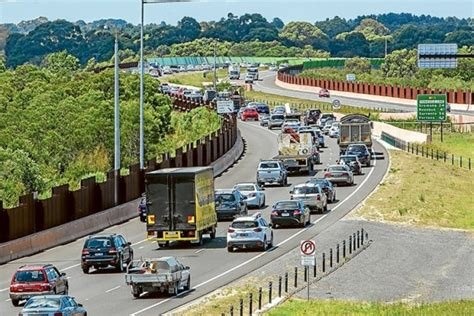
Frankston Revitalisation Project
Major revitalisation of Frankston CBD including new public spaces, improved streetscapes, enhanced connectivity, new commercial and residential developments, and upgraded infrastructure to transform the city centre.
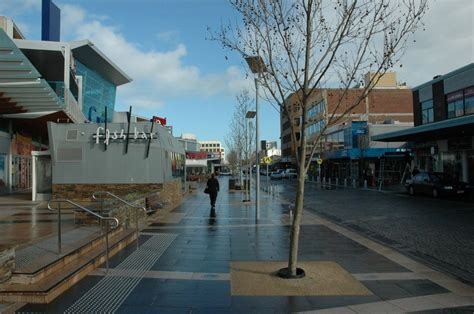
Frankston Metropolitan Activity Centre Structure Plan
Victorian Government approved planning framework enabling building heights of 3-16 storeys in city centre, targeting 9,000 new homes over 15 years to accommodate 20,000 additional residents. Includes housing diversity and affordable housing provisions. Comprehensive strategic plan for the transformation of Frankston's city center into a major metropolitan activity hub.
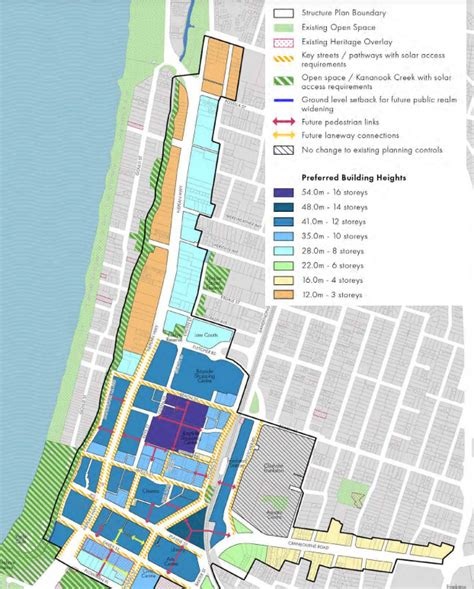
Frankston Hospital Redevelopment
The $1.1 billion Frankston Hospital redevelopment is the largest ever health infrastructure investment in Melbourne's south-east. The project includes a new 12-storey clinical services tower, 130 additional beds, 15 new operating theatres, enhanced mental health and oncology services, expanded maternity and paediatric services, new main entrance, multi-deck car park, emergency department mental health hub, and dedicated paediatric zone. Construction began in June 2022 with main works expected to be completed by end of 2025, operational in 2026. Once finished, the redeveloped hospital will have capacity to treat approximately 35,000 more patient episodes each year. Delivered as PPP by Exemplar Health consortium comprising Lendlease, Honeywell, Compass Group and Capella Capital.
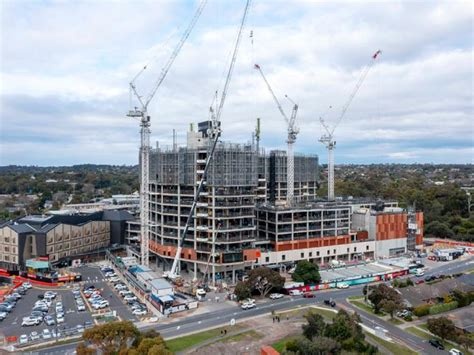
Bayside Mixed-Use Precinct Development
Major transformation of Bayside Shopping Centre into a contemporary mixed-use precinct featuring the 8-storey 12 Balmoral Walk office tower (14,000 sqm A-Grade office space), retail reconfiguration with elevated precincts, contemporary Level 2 office suites, enhanced dining and entertainment offerings, and activated laneways. The development includes completed office suites and ongoing retail improvements, with the main office tower construction subject to securing anchor tenant pre-commitment.
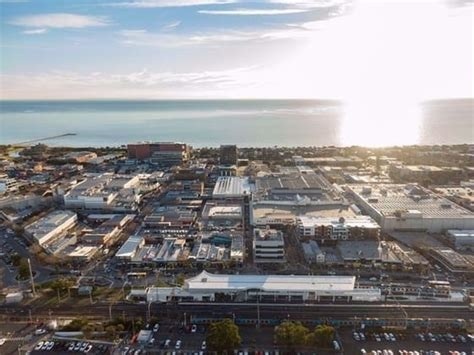
Harbour Frankston
A 14-level luxury apartment development by Urban DC designed by Elenberg Fraser. Features 94 luxury apartments with cascading greenery, ground floor retail spaces including wellness centre and gymnasium, 25-metre rooftop pool, jacuzzi, gym, sauna, wine room, and private dining facilities. Located alongside Kananook Creek with expansive water views. Construction commenced May 2025.
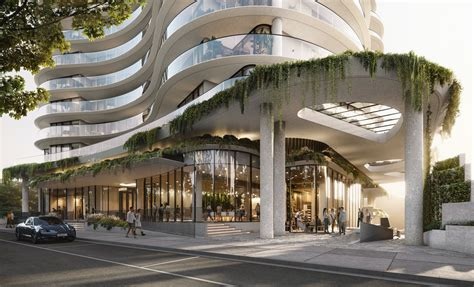
Frankston Station Precinct Redevelopment
A $63 million redevelopment that transformed the Frankston Station Precinct into a safe, modern, and thriving place with a brand new station, improved accessibility, new platforms, waiting rooms, landscaping, and upgraded pedestrian facilities.
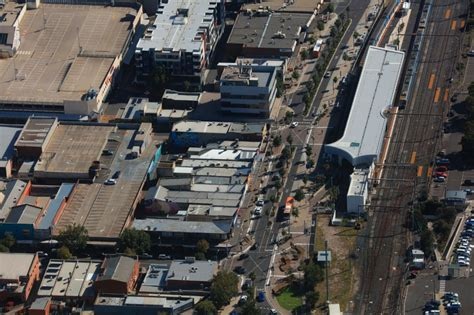
Frankston Tech School - Chisholm Institute Frankston Campus Stage 3
Single storey tech school of nearly 1,000 sqm for up to 95 students, delivering hands on STEM programs for secondary students in partnership with local schools and industry. Part of Stage 3 of Chisholm Frankston campus redevelopment (which also references a Defence Centre), following Stage 2 facilities completed in 2024. Target opening Term 3 2025.
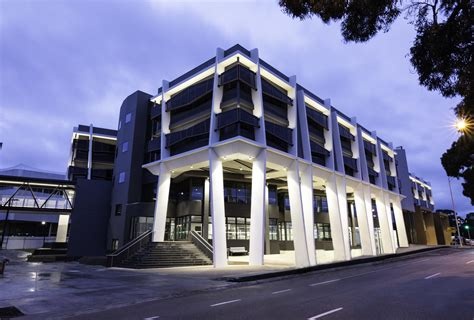
Employment
AreaSearch assessment indicates Frankston faces employment challenges relative to the majority of Australian markets
Frankston has a skilled workforce with essential services sectors well-represented. The unemployment rate was 7.8% in the past year, with an estimated employment growth of 2.4%.
As of June 2025, 12,191 residents were employed, with an unemployment rate of 3.1%, which is higher than Greater Melbourne's rate of 4.6%. Workforce participation was at 59.4%, below Greater Melbourne's 64.1%. Employment among residents was concentrated in health care & social assistance, construction, and retail trade. Health care & social assistance had particularly notable concentration with employment levels at 1.3 times the regional average.
Professional & technical services had limited presence with 5.6% employment compared to 10.1% regionally. The ratio of 0.8 workers per resident indicated a level of local employment opportunities above the norm. Between June 2024 and June 2025, employment increased by 2.4%, while labour force grew by 4.7%, causing unemployment to rise by 2.1 percentage points. In contrast, Greater Melbourne saw employment rise by 3.5% with a 0.5 percentage point increase in unemployment. State-level data from Sep-25 showed VIC employment grew by 1.08% year-on-year, adding 39,880 jobs, with the state unemployment rate at 4.7%. Jobs and Skills Australia's national employment forecasts from May 2025 projected national employment growth of 6.6% over five years and 13.7% over ten years. Applying these projections to Frankston's employment mix suggested local growth of approximately 6.7% over five years and 13.9% over ten years.
Frequently Asked Questions - Employment
Income
Income levels sit below national averages according to AreaSearch assessment
Frankston's median income among taxpayers in the financial year 2022 was $49,441. The average income stood at $60,739 during this period. In comparison, Greater Melbourne had a median income of $54,892 and an average income of $73,761. Based on the Wage Price Index growth of 10.11% since financial year 2022, current estimates for Frankston's median income are approximately $54,439 as of March 2025, with the average estimated to be around $66,880 during this same period. Census data shows that household, family and personal incomes in Frankston rank modestly, between the 27th and 42nd percentiles. The largest income bracket comprises 31.3% of residents earning between $1,500 and $2,999 weekly, which translates to approximately 7,777 individuals. This trend is consistent with broader trends across the broader area, where 32.8% fall into this same income category. Housing affordability pressures are severe in Frankston, with only 80.3% of income remaining after housing costs, ranking at the 22nd percentile.
Frequently Asked Questions - Income
Housing
Frankston displays a diverse mix of dwelling types, with a higher proportion of rental properties than the broader region
Frankston's dwelling structures, as per the latest Census data, comprised 65.9% houses and 34.1% other dwellings (semi-detached, apartments, 'other' dwellings), compared to Melbourne metro's 79.8% houses and 20.2% other dwellings. Home ownership in Frankston was at 24.7%, with mortgaged dwellings at 31.9% and rented ones at 43.4%. The median monthly mortgage repayment was $1,733, lower than Melbourne metro's $1,800. Median weekly rent in Frankston was $335, compared to Melbourne metro's $356. Nationally, Frankston's mortgage repayments were lower at $1,733 against the Australian average of $1,863, and rents were substantially lower at $335 compared to the national figure of $375.
Frequently Asked Questions - Housing
Household Composition
Frankston features high concentrations of lone person households and group households, with a lower-than-average median household size
Family households account for 59.7% of all households, including 21.6% couples with children, 22.0% couples without children, and 14.9% single parent families. Non-family households constitute the remaining 40.3%, consisting of 36.2% lone person households and 4.0% group households. The median household size is 2.2 people, which is smaller than the Greater Melbourne average of 2.5.
Frequently Asked Questions - Households
Local Schools & Education
The educational profile of Frankston exceeds national averages, with above-average qualification levels and academic performance metrics
The area's university qualification rate is 24.1%, significantly lower than Greater Melbourne's average of 37.0%. Bachelor degrees are the most common, at 16.1%, followed by postgraduate qualifications (4.8%) and graduate diplomas (3.2%). Vocational credentials are held by 39.5% of residents aged 15 and above, with advanced diplomas at 13.5% and certificates at 26.0%. Educational participation is high, with 29.3% of residents currently enrolled in formal education: 8.9% in primary, 7.1% in secondary, and 5.6% in tertiary education.
The area has 14 schools serving 4,064 students, with typical Australian school conditions (ICSEA: 1031) and balanced educational opportunities. Educational provision is conventional, split between five primary and nine secondary institutions.
Frequently Asked Questions - Education
Schools Detail
Nearby Services & Amenities
Transport
Transport servicing is high compared to other areas nationally based on assessment of service frequency, route connectivity and accessibility
Frankston has 135 active public transport stops offering a mix of train and bus services. These stops are served by 27 different routes, carrying a total of 13,259 weekly passenger trips. The average distance residents live from the nearest transport stop is 197 meters, indicating excellent accessibility.
Service frequency averages 1,894 trips per day across all routes, equating to approximately 98 weekly trips per individual stop.
Frequently Asked Questions - Transport
Transport Stops Detail
Health
Health performance in Frankston is well below average with prevalence of common health conditions notable across both younger and older age cohorts
Frankston faces significant health challenges, as evidenced by its health data. Both younger and older age groups have high prevalence rates for common health conditions.
Approximately half of Frankston's total population (around 12,423 people) has private health cover, compared to the national average of 55.3%. Mental health issues affect 12.2% of residents, while asthma impacts 9.4%. Conversely, 62.7% of residents report no medical ailments, slightly lower than Greater Melbourne's 65.0%. In Frankston, 18.8% of the population is aged 65 and over (4,676 people). The health outcomes among seniors are challenging but largely align with those of the general population.
Frequently Asked Questions - Health
Cultural Diversity
The level of cultural diversity witnessed in Frankston was found to be above average when compared nationally for a number of language and cultural background related metrics
Frankston's cultural diversity was above average, with 13.5% speaking a language other than English at home and 24.8% born overseas as of the latest data from 20xx-xx-xx. Christianity dominated religious demographics in Frankston with 40.0%. However, Judaism saw notable overrepresentation at 0.3%, compared to Greater Melbourne's 0.3%.
In terms of ancestry, English was highest at 29.3%, followed by Australian at 24.8% and Irish at 8.4%. Some ethnic groups showed slight divergences: Russian was at 0.6% (vs regional 0.5%), Dutch at 1.9% (vs 1.8%), and Hungarian remained consistent with the region at 0.4%.
Frequently Asked Questions - Diversity
Age
Frankston's population is slightly older than the national pattern
The median age in Frankston is 39 years, which is higher than Greater Melbourne's average of 37 years and close to the national average of 38 years. Compared to Greater Melbourne, the 65-74 age group is notably over-represented in Frankston at 10.3%, while the 25-34 age group is under-represented at 14.2%. Post-2021 Census data shows that the 35 to 44 age group grew from 13.8% to 15.2% of Frankston's population, and the 75 to 84 cohort increased from 5.2% to 6.4%. Conversely, the 25 to 34 age group declined from 15.6% to 14.2%. Population forecasts for 2041 indicate significant demographic changes in Frankston. The 75 to 84 age group is expected to grow by 69%, reaching 2,665 people from 1,580. This growth will contribute to a higher proportion of residents aged 65 and older, representing 59% of the anticipated population increase. Meanwhile, the 5 to 14 and 0 to 4 age groups are expected to experience population declines.
